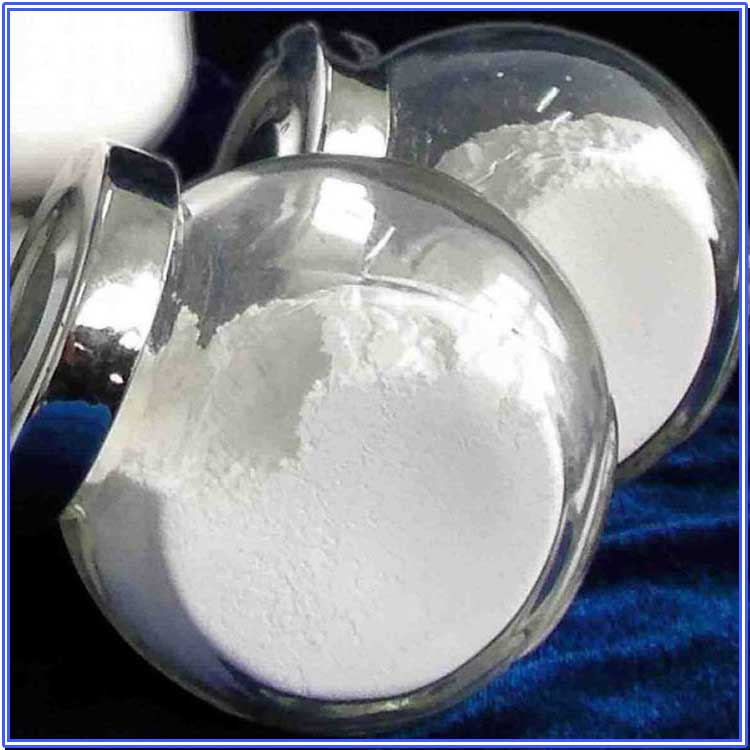Hebei Messi Biology Co., Ltd. stated that a method for preparing industrial-grade basic magnesium carbonate for battery positive electrode material from salt lake brine includes conversion coupling, solid-liquid separation, slurry washing, dehydration, drying and packaging steps. First, the lithium carbonate electrodialysis separation tail liquid and the lithium carbonate conversion tail liquid are mixed to perform a three-stage overflow-continuous conversion reaction; then the mixed liquid after the reaction is filtered to obtain a solid-phase basic magnesium carbonate filter cake, and the liquid phase is an external lithium-containing waste liquid; the basic magnesium carbonate filter cake is subjected to multiple filter pressing dehydration and washing and grinding; the basic magnesium carbonate filter cake after washing is dehydrated to obtain a basic magnesium carbonate crude product; finally, the basic magnesium carbonate crude product is dried and crushed, and then sealed and packaged.
Basic magnesium carbonate can be used for battery positive electrode materials, which has the advantage of improving the performance of lithium batteries; in addition, this preparation method has the advantages of simple process, low production cost, high yield of basic magnesium carbonate, and good quality.
Magnesium carbonate is used as a positive electrode material for batteries. It has the following requirements for application in the lithium battery industry:

First, the main content of magnesium ions must be controlled to be stable. The main content of magnesium carbonate is controlled at 40-42%. The stability of the main content during production is conducive to the accurate addition of other materials. At present, for the production process and production technology level of domestic magnesium carbonate manufacturers, it is difficult to accurately control the lower limit of the magnesium ion content of magnesium carbonate. If the product is not dried and the moisture content exceeds the standard, it will directly affect the problem of unstable magnesium ion content. If the impurity control is unstable, it will also have an adverse effect.
Secondly, the magnetic impurities must be controlled in a lower range. Magnetic impurities will affect the performance of the battery. It is necessary to control the magnetic impurities to less than 500 to be more stable. The detection method of magnetic impurities is the core technology in China, and only a few manufacturers can detect it. The core of the magnesium carbonate impurity removal process is the removal of magnetic impurities.
Finally, the particle size span must be controlled, and a large span should not occur. Magnesium carbonate is generally tested in China using a laser particle size analyzer. Its particle size D50 is around 2 microns and D90 is around 20 microns. The finer the better is not necessarily the case. The ideal state is that the particle size is similar to that of other materials when added in production, and they are all within the same span, which is more conducive to production.
